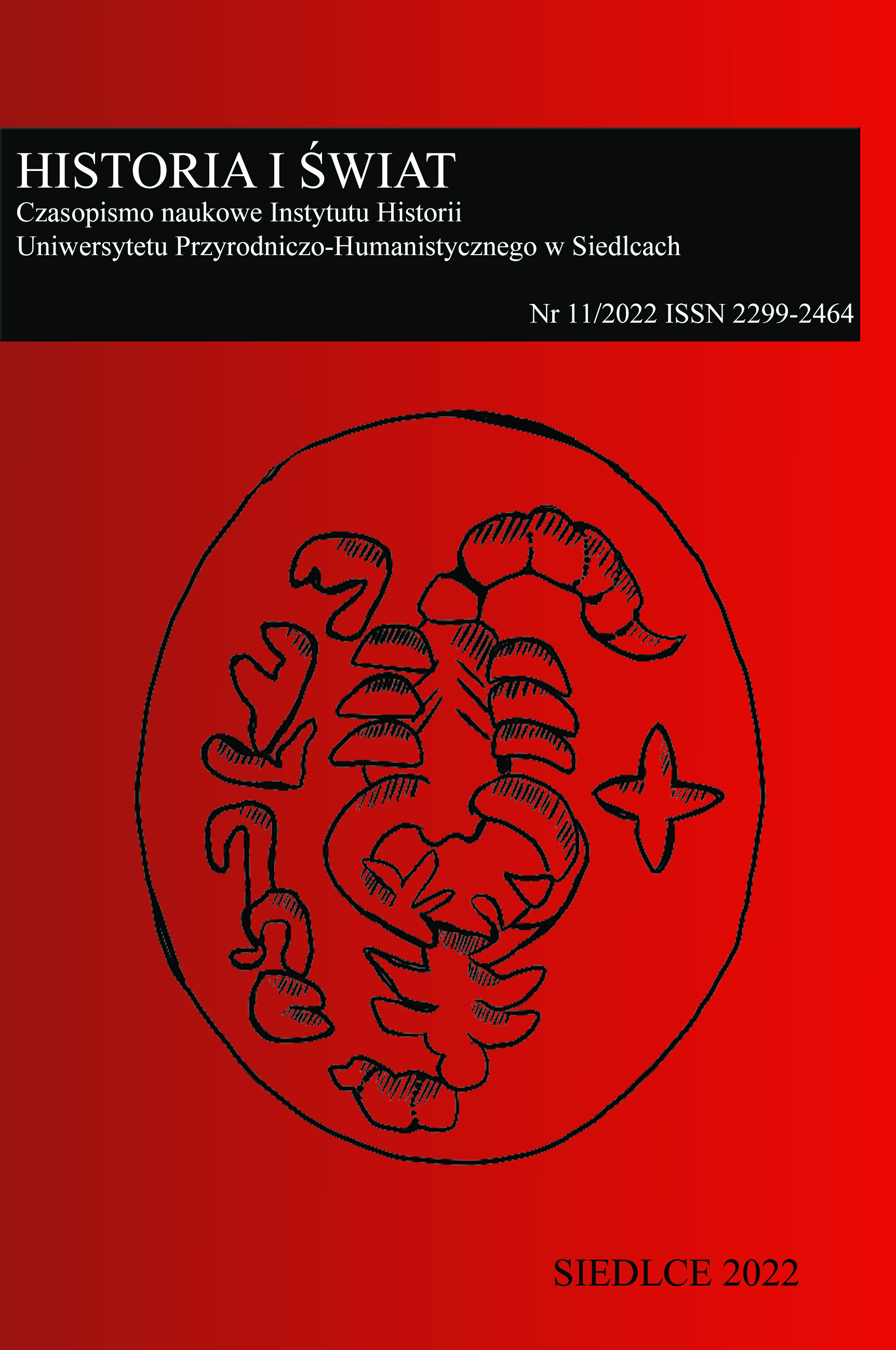The Chronology of the Archaeological surface remains of Tepe Pa-Chogha, Central Zagros (Kermanshah, Iran)
DOI:
https://doi.org/10.34739/his.2022.11.05Keywords:
Iran, Central Zagros, Kermanshah, Tepe Pa-Chogha, Sarfirouzabad plain, Excavations, Archaeological SequencesAbstract
The highland plains of western Iran have been investigated with varying intensity. The Sarfirouzabad plain, located in the south of Kermanshah province, although visited perfunctorily, has not previously been studied systematically, despite desirable ecological and environmental conditions. In 2009, a team from the University of Tehran conducted a systematic and intensive field survey in the region to identify archaeological settlements and to assess their location concerning ecological, environmental and cultural factors impacted the distribution of sites on the plain. The surveyed area was walked in transects at 20-metre intervals and resulted in the identification of 332 archaeological sites from different cultural periods, which added much to the limited knowledge about the history of this region. During this survey, Pa-Chogha as the biggest tell site in the area, was identified. Fifty-nine samples of pottery and five stone tools were collected from the surface of Pa-Chogha dated from Late Chalcolithic to Islamic periods. Unfortunately, due to the expansion of Pa-Chogha village, the site is in danger of being destroyed. Our aim to publish this article is to introduce the Pa-Chogha as an important site for the chronology of Central Zagros at first, and preventing the further destruction of this site at the second.
Downloads
Downloads
Published
Issue
Section
License
Copyright (c) 2022 Historia i Świat

This work is licensed under a Creative Commons Attribution-NoDerivatives 4.0 International License.




